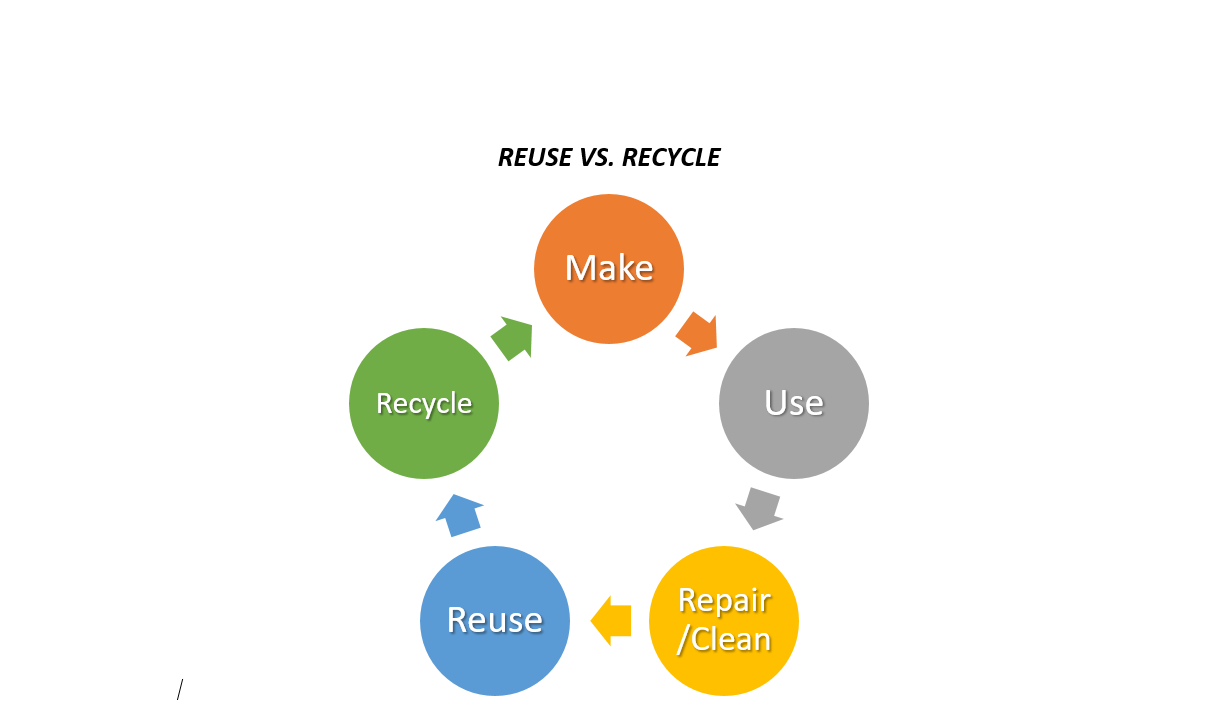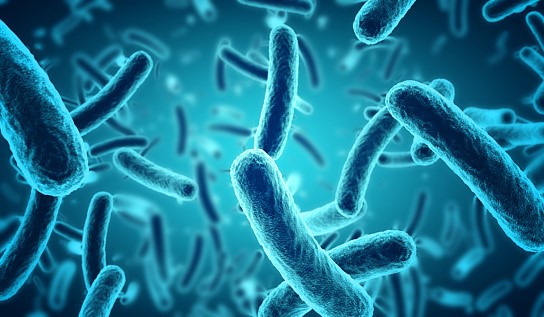Material technology: grass paper
Grass paper is a green alternative to the most obvious and commonplace material of choice for box packaging.
An FMCG, food and transportation staple, conventional paper and cardboard packaging has an adverse impact on the environment, especially when manufactured using virgin fibers. The production process is energy and water-intensive and dependent on the use of corrosive, toxic and polluting chemicals.
Even with the use of recycled wood fibers, a certain proportion of fresh fibers is required in production as recycling shortens the fibers and diminishes their properties.
Since cellulose is not infinitely recyclable and can usually survive a maximum of six cycles of the recycling process, sustainable alternatives to curb deforestation as well as the immense energy and water consumption are deeply researched and sought after.
Green paper has more ecological benefits than using recycled wood-pulp paper in the mix and is also, still, recyclable and compostable.
As opposed to using wood as a raw material, grass helps save on cost and reduces emmisions by eliminating the need for transportation over long distances; grass can usually be obtained from ecological, agricultural compensation areas near the paper mill itself. These agricultural areas need to be unfertilized.
GRASS PAPER PRODUCTION
Like recycled paper, grass paper is not hundred percent grass fiber either. Its proportion in the final product can range from 10 to 60%.
The raw material is dried grass or hay which is first cleaned and then, mechanically shredded. Once the fibers are cut to a suitable length, they are pressed into grass pellets. These pellets are used to produce paper without the use of any chemicals.
While both wood and grass contain pulp, grass contains 75% less lignin and resin, making it easier to liberate the pulp content. The production process also releases a fifth of the carbon emissions and uses half the amount of raw material as compared to that of wood fibers. Water and energy consumption is also monumentally lower.
Grass for paper is not competition to cattle feed as meadows are mowed only twice a year and that too, very late in the year.
Grass paper is suitable for folding boxes, food packaging, brochures and labels and is also slightly green in color, hinting at its origin.
























